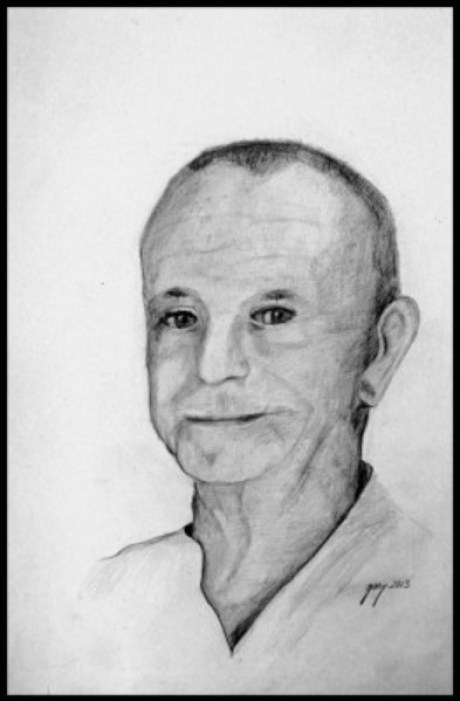I did this pencil portrait from a photo of Van Gogh that was hanging in the Van Gogh Museum in Amsterdam. It’s a bit hard to believe he was ever this healthy in appearance. His self portraits reveal his struggle for mental health and artistic achievement.




















